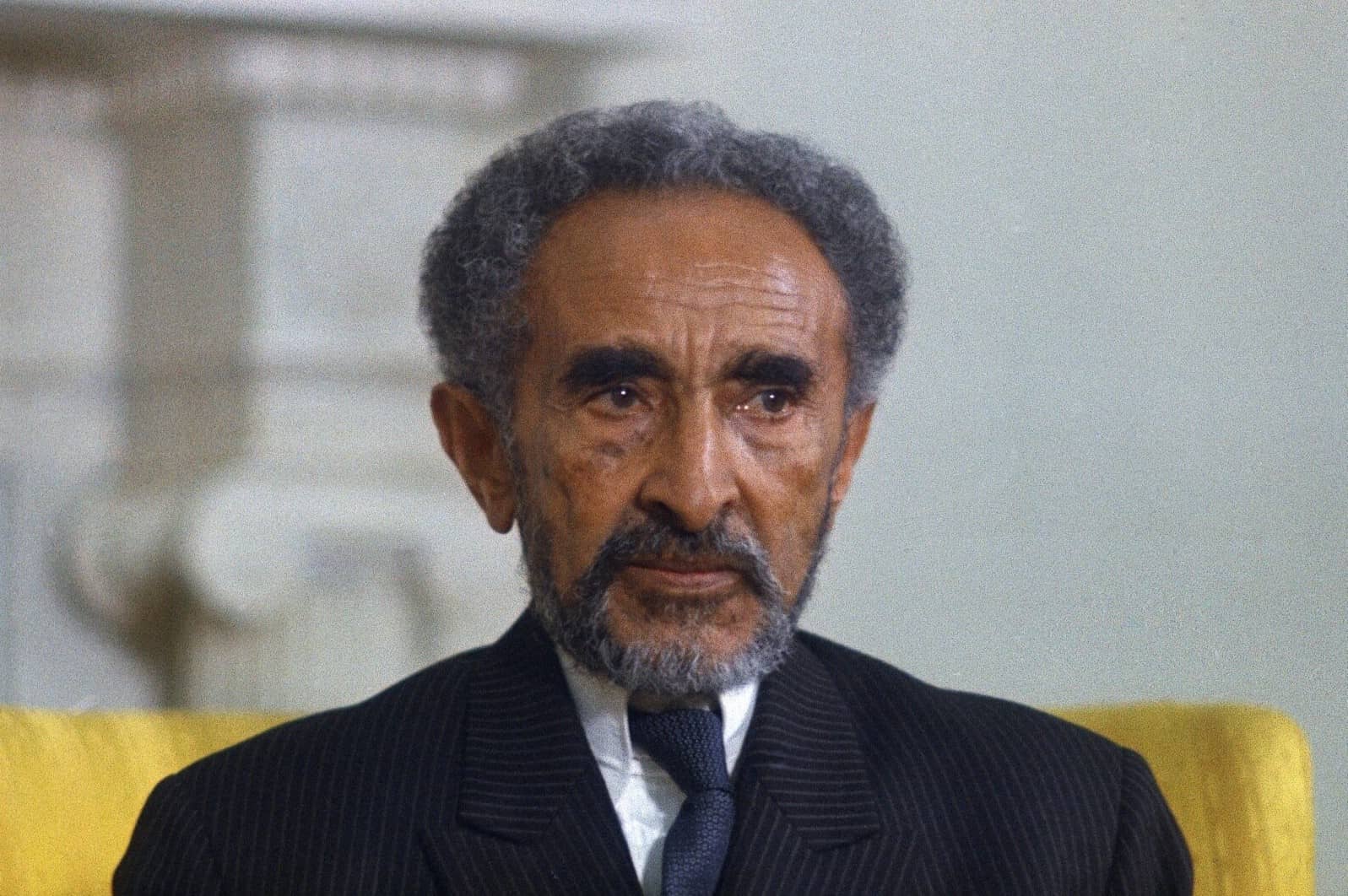
Haile Selassie I, the last Emperor of Ethiopia, remains a towering figure in history. Born as Tafari Makonnen in 1892, he ascended to the throne in 1930 and ruled until 1974. Known for his efforts in modernizing Ethiopia, he also played a pivotal role in the establishment of the African Union. His influence extended beyond politics; he became a symbol of resistance against Italian invasion during World War II. Rastafarians regard him as a messianic figure, adding a spiritual dimension to his legacy. Dive into these 19 intriguing facts about Haile Selassie I to understand his impact on Ethiopia and the world.
Key Takeaways:
- Haile Selassie, a significant figure in Ethiopian and global history, modernized Ethiopia, promoted African unity, and inspired people worldwide with his messages of peace and human rights.
- Despite facing challenges and political turmoil, Haile Selassie's legacy continues to inspire, with his contributions to Ethiopia and the world remembered and celebrated.
Early Life and Background
Haile Selassie, born as Tafari Makonnen, was a significant figure in Ethiopian and global history. His early life set the stage for his future impact.
-
Born on July 23, 1892, in Ejersa Goro, Ethiopia, he was the son of Ras Makonnen, a governor of Harar, and Yeshimebet Ali.
-
His lineage traced back to the Solomonic dynasty, believed to be descendants of King Solomon and the Queen of Sheba.
-
Tafari received a traditional education, learning Amharic, French, and the teachings of the Ethiopian Orthodox Church.
Rise to Power
Haile Selassie's ascent to power was marked by strategic moves and significant events that shaped Ethiopia's future.
-
In 1916, he became the de facto ruler of Ethiopia after Empress Zewditu's ascension, holding the title of Ras and later Negus (King).
-
He was crowned Emperor on November 2, 1930, taking the name Haile Selassie, which means "Power of the Trinity."
-
His coronation was a grand affair attended by international dignitaries, symbolizing Ethiopia's growing importance on the world stage.
Contributions and Reforms
Haile Selassie was known for his efforts to modernize Ethiopia and improve its global standing.
-
He introduced Ethiopia's first constitution in 1931, aiming to centralize power and modernize the government.
-
Selassie established the Ethiopian National Bank in 1931, promoting economic stability and growth.
-
He founded the University College of Addis Ababa in 1950, which later became Addis Ababa University, to advance higher education.
World War II and Exile
The Italian invasion of Ethiopia in 1935 led to significant challenges for Haile Selassie and his country.
-
In 1936, he addressed the League of Nations, appealing for support against Italian aggression, highlighting the need for collective security.
-
Forced into exile in England from 1936 to 1941, he continued to rally support for Ethiopia's liberation.
-
With the help of Allied forces, he returned to Ethiopia in 1941, reclaiming his throne and beginning the process of rebuilding.
Legacy and Influence
Haile Selassie's impact extended beyond Ethiopia, influencing global movements and ideologies.
-
He played a key role in the establishment of the Organization of African Unity (OAU) in 1963, promoting African unity and cooperation.
-
Selassie is considered a messianic figure by Rastafarians, who view him as the returned messiah of the Bible.
-
His speeches and writings emphasized the importance of peace, unity, and human rights, resonating with people worldwide.
Later Years and Death
The final years of Haile Selassie's reign were marked by political turmoil and eventual overthrow.
-
In 1974, a military coup led by the Derg overthrew Selassie, ending his reign and leading to his house arrest.
-
He died on August 27, 1975, under mysterious circumstances, with many believing he was murdered by the Derg regime.
-
In 2000, his remains were reburied in Addis Ababa's Holy Trinity Cathedral, receiving a state funeral attended by thousands.
-
Haile Selassie's legacy continues to inspire, with his contributions to Ethiopia and the world remembered and celebrated.
Haile Selassie's Legacy
Haile Selassie left a lasting mark on Ethiopia and the world. His efforts to modernize Ethiopia, fight for African unity, and stand against colonialism made him a significant figure in history. Selassie's influence extended beyond politics; he inspired the Rastafarian movement, which views him as a messianic figure. Despite facing criticism and eventual overthrow, his contributions to global diplomacy and human rights remain undeniable. His speeches, particularly at the League of Nations, still resonate today. Selassie's life was a blend of triumphs and controversies, but his impact on African independence and global awareness of Ethiopia's struggles is clear. Understanding his legacy helps appreciate the complexities of leadership and the enduring fight for justice and equality. Haile Selassie's story is a testament to the power of resilience and vision in shaping a nation's destiny.
Frequently Asked Questions
Was this page helpful?
Our commitment to delivering trustworthy and engaging content is at the heart of what we do. Each fact on our site is contributed by real users like you, bringing a wealth of diverse insights and information. To ensure the highest standards of accuracy and reliability, our dedicated editors meticulously review each submission. This process guarantees that the facts we share are not only fascinating but also credible. Trust in our commitment to quality and authenticity as you explore and learn with us.
